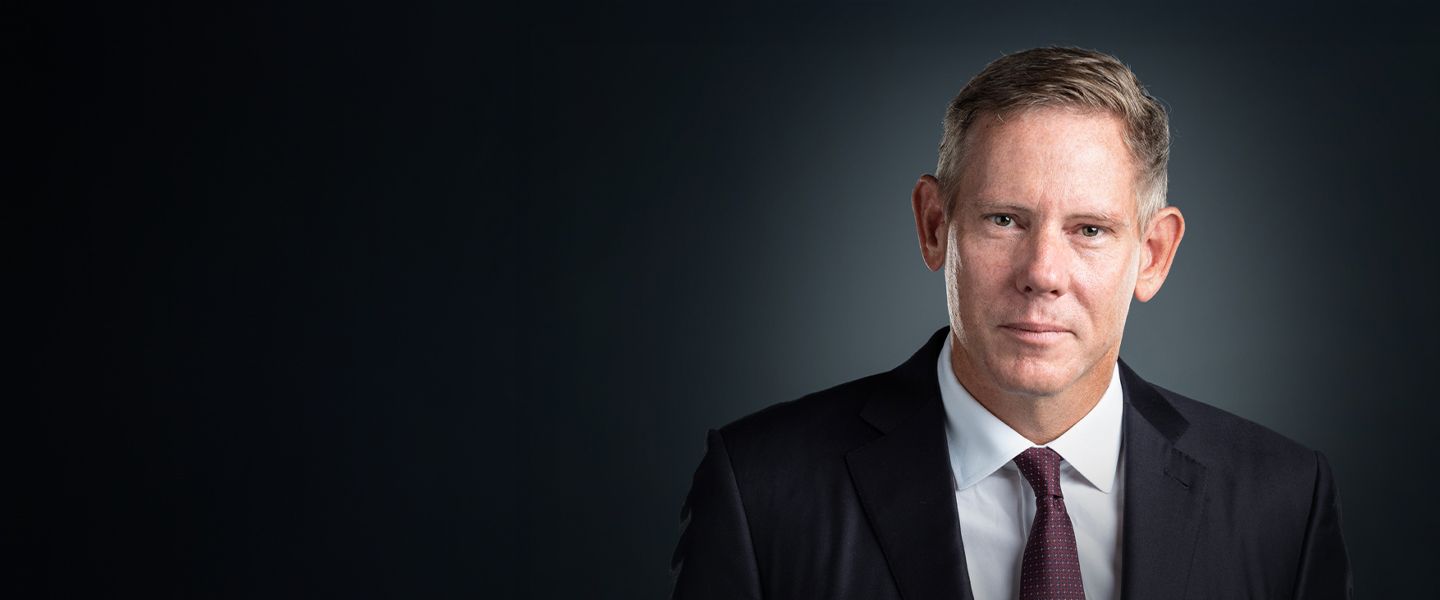
Innovation for sustainability
The world’s present demand for resources is not sustainable. If everyone in the world ate like the average European citizen, we would need the resources of three planets. If we all consumed like the average US citizen, we would need five. If we could all change our eating habits to mirror those of the typical Malaysian diet, which is relatively low in animal protein, by 2050 we would only need 1.3 earths to meet our needs. But we have only got one planet.
Evidence suggests that, as people get wealthier, they want to eat more meat and dairy products, not less. This creates a real problem for sustainability, because the conversion of vegetable-based calories to animal-based calories is inefficient, contributing to global warming and waste of resources and making people less healthy. In a resource-constrained world, society will have to grapple with the question of how much land can be allocated to growing grass and other animal food, and how much needs to be used to produce crops directly for human consumption.
The only realistic solution is for humankind to use land more productively, and to choose a diet that is less dependent on animal protein. This will require a major shift in mindset and, crucially, in leadership at all levels of society.
System-level thinking
The first part of the change needed is in how we think about and solve such problems. Incremental innovation – the “small steps” approach – is undoubtedly important, but the transformational change that we need will only come about through a new economic paradigm. The world needs giant steps that incorporate system-level changes if we are to meet the challenges ahead. Societal stakeholders, including companies, will need to pool resources and share knowledge in increasingly productive partnerships that stretch across and between value chains. A good example of such collaboration is the launch on March 14th by seven global organizations – including IMD – of the world’s first practitioner’s guide to sustainable sourcing of agricultural commodities. This draws on knowledge and resources of multiple corporations and stakeholders.
This new paradigm needs to incorporate a number of aspects:
· Vision and leadership. These characteristics need to be improved both in governments and in corporations, and are key to ensuring a sustainable future.
· Multi-level focus. Innovation for sustainability has to occur at the same time on multiple levels and in different dimensions. One industry by itself is a technology silo. Models must be connected to one another if systemic renewal is to occur.
· Alertness. There are existing solutions in development that have not yet reached their full potential; examples include mobility and urban planning. Leaders and organizations need to keep their eye on the ball.
· Full value chain integration. All too often companies do good and create value in one part of the value chain, only to destroy it in another. For example, a food company might be addressing sustainable sourcing, but not issues around food waste, or obesity and health. This type of fractured, contradictory approach must be overcome.
· Elimination of perverse subsidies. Economic instruments that are harmful to the environment and society must be reduced and then eliminated. Subsidies in agriculture can sometimes foster over-intensive or harmful practices which then have a knock-on effect on erosion, land degradation, pollution (for example from synthetic fertilizers and pesticides) and release of greenhouse gases. Fossil fuel subsidies can discourage investment in renewables. Water subsidies encourage waste and misuse of an extremely valuable and increasingly scarce resource. Subsidizing fisheries is still today encouraging over-harvesting of global fish stocks. And so on….
· Stakeholder involvement. Keeping stakeholders engaged in determining the status and evolution of megatrends, and how sustainability enters the picture, will accelerate new technologies, markets and financing ideas.
Leadership dimensions
Leaders must take responsibility for making the changes we have just described. The starting point, of course, is personal commitment followed by specific actions such as: breaking down existing silos, changing mindsets, and implementing incentive schemes that promote strategic system innovation within and between organizations and stakeholder groups.
But are all leaders committed to making the effort required to develop short-term and long-term sustainability? Sadly, this is probably not the case.
Many commentators have blamed CEOs’ “moral vacuum” as the root of the current crisis, and have called for CEOs to reverse this, and to learn humility. Equally, the dearth of CEOs and board members at the international Rio+20 conference, which was held in June 2012, indicates that there is still a major sustainability leadership gap.
C-suite training in scenario planning and development needs to increase within companies and at business schools. Businesses need more leadership examples on how to fully integrate sustainability to the core organizational strategy. John Mackey at Whole Foods, Paul Polman, who launched the Unilever Sustainable Living Plan, and Muhammad Yunus, who founded Grameen Bank, are some examples of leaders who have succeeded in changing and innovating for sustainability.
But how can you get more such leaders on board? One important solution might be peer-based learning opportunities for CEOs that builds on examples of both best and worst practice. For example, leaders such as Yunus could share knowledge with fellow CEOs on how to manage complexity, and how to leapfrog their way along a successful journey to sustainability.
Globalization has put sustainability onto the board agenda but few sustainability officers interface directly with boards as yet. The UN Global Compact – although still lacking depth and breadth – calls on boards to take several highly relevant steps that will ultimately influence their decision-making:
- Take full responsibility for non-financial issues and factors;
- Scrutinize reports on sustainability performance, and oversee management action;
- Report to stakeholders and engage in more systematic multi-stakeholder dialogue;
- Reward long-term value creation by managers;
- Review board composition and members’ competencies to include sustainability.
Conclusion to the three-part series
There is great opportunity to promote strategic innovation for sustainability. This can be done by developing multi-stakeholder dialogue and collaboration as part of business strategy. New open innovation clusters, with industry or cross-industry multi-stakeholder platforms on critical themes such as mobility, food security or water will increasingly change the culture around innovation into the future. This three-part series has set out some of the parameters for a successful shift by companies to a brave new – and sustainable – world. To move in the direction of tomorrow’s world today, we need increasing commitment from business, the adoption of new values in the workplace, new competencies and skillsets, new measurement approaches, and new reward and recognition systems that enable revision of food, mobility, urban development and other systems. And crucially, we need new executive training programs to generate leaders with an entirely new mindset to those of yesterday.
Research Information & Knowledge Hub for additional information on IMD publications
in I by IMD
Research Information & Knowledge Hub for additional information on IMD publications
in I by IMD
Research Information & Knowledge Hub for additional information on IMD publications
in I by IMD
Research Information & Knowledge Hub for additional information on IMD publications
Research Information & Knowledge Hub for additional information on IMD publications
Research Information & Knowledge Hub for additional information on IMD publications
Research Information & Knowledge Hub for additional information on IMD publications
in I by IMD
Research Information & Knowledge Hub for additional information on IMD publications
in I by IMD
Research Information & Knowledge Hub for additional information on IMD publications
Research Information & Knowledge Hub for additional information on IMD publications
in I by IMD
Research Information & Knowledge Hub for additional information on IMD publications











